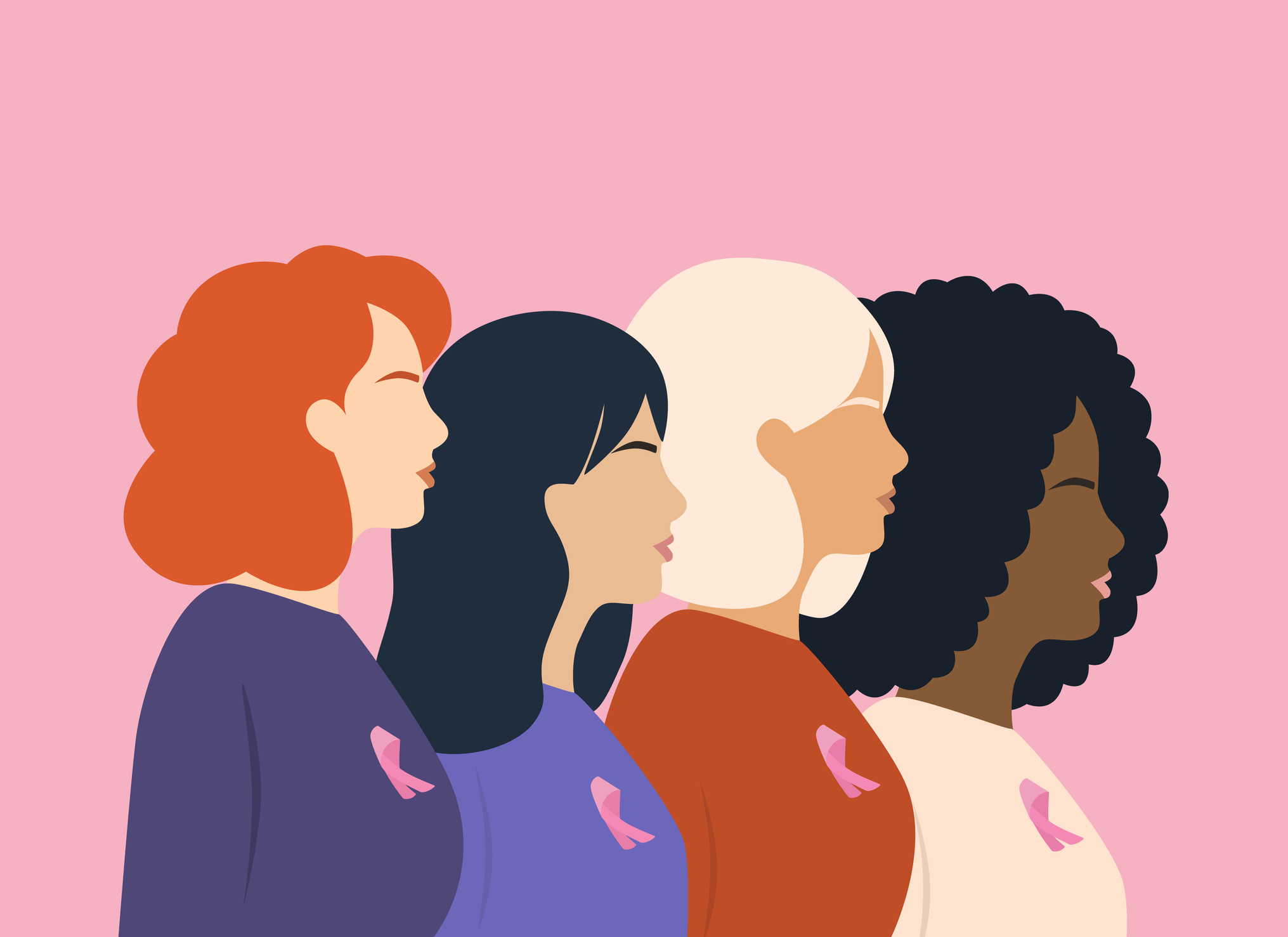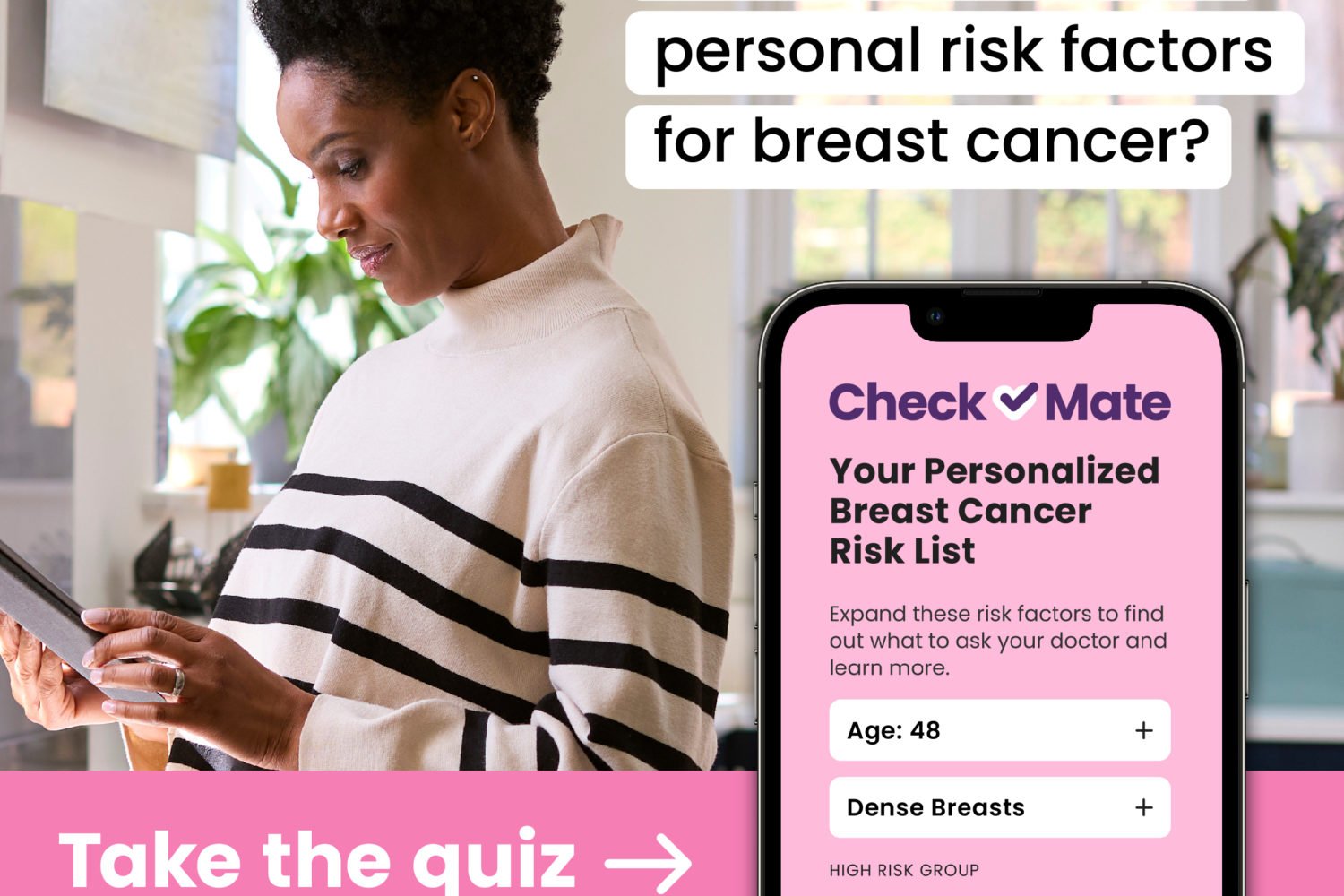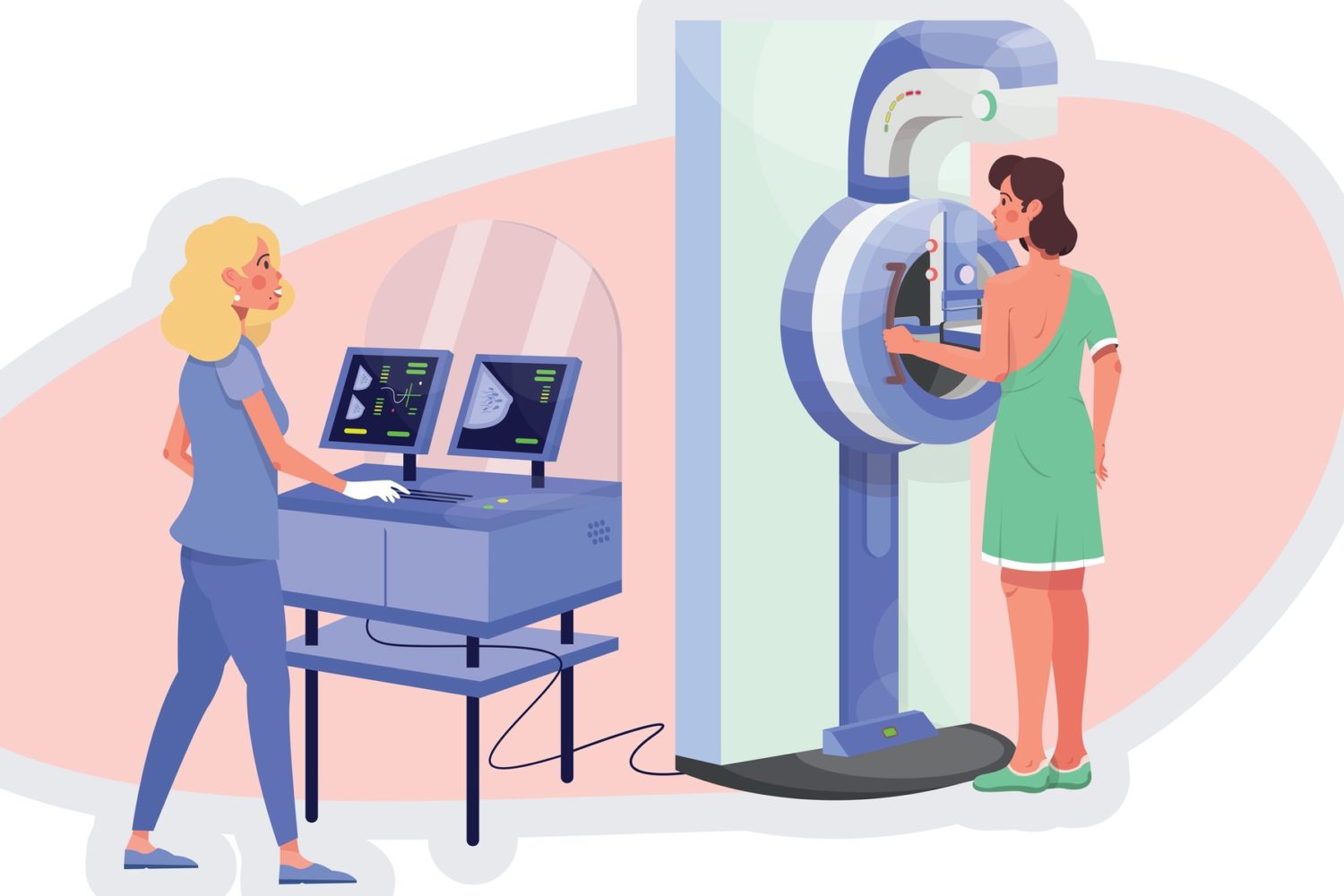Massive strides have been made in detecting and treating breast cancer. According to the American Cancer Society, the death rate has dropped by 43 percent in the past three decades. Much of that success—and there’s still a long way to go—is due to earlier screening and increased awareness. Yet, says Dr. Rachel Brem, director of the Breast Imaging and Interventional Center at George Washington University’s Cancer Center, “there are few things in medicine that are as confusing as the guidelines for breast-cancer screening.”
The challenge: No clear consensus exists. Several organizations offer their own guidelines, including the American Cancer Society, the American College of Radiology, and the United States Preventive Services Task Force, whose recommendations influence Medicare coverage. But those guidelines aren’t always in sync.
And though improved technology is a boon to early detection—screening options now extend beyond mammography—it can add more confusion for women wondering which tests to get when.
For a clearer picture, we talked to Brem and to Dr. Rebecca Kaltman, a breast oncologist and executive director of Inova’s Saville Cancer Screening and Prevention Center in Fairfax. Here’s their advice.
If you’re over 40 and average risk (i.e. no dense breasts and/or other risk factors):
Starting at age 40, women with average risk for breast cancer should get annual mammograms, both doctors we spoke to agreed—despite some recommendations that biannual exams are sufficient. “Women diagnosed in their forties [as opposed to later] tend to have more aggressive, faster-growing tumors,” Kaltman says, “so a shorter-interval screen is more appropriate.” Also worth noting: Most women diagnosed with breast cancer—likely more than 70 percent—have no risk factors, says Brem.
If you’re over 40 with dense breasts, but no other risk factors:
Women with dense breasts should get an annual mammogram plus a yearly ultrasound. Dense breast tissue is a significant risk factor for developing cancer, and it also makes finding cancer trickier. On a mammogram, explains Brem—who found her own breast cancer while testing ultrasound equipment at work—“breast cancer is white, and breast tissue is white. So it’s like trying to find a specific cloud in a cloud-filled sky. But on an ultrasound, breast cancers are black and dense, and breast tissue is white, so the contrast is optimized.”
If you’re over 40 with other risk factors besides dense breasts:
Brem suggests an annual mammogram, and possibly a yearly MRI—optimally, separated by six months—if you’ve had any of the following: certain gene mutations such as BRCA 1 or 2, radiation to your chest as an adolescent, or multiple second-degree relatives with breast cancer or one first-degree family member (parent, sibling), particularly if they were diagnosed pre-menopause; or if you have a history of breast cancer yourself or have determined, through a doctor or a risk-assessment tool such as Tyrer-Cuzick or Gail (see below), that you have at least a 20-percent lifetime risk.
If you’re over 40 and are unsure if you have dense breasts and/or other risk factors:
By age 25, all women should complete a risk analysis. Two of the most common assessment tools are the Tyrer-Cuzick and the Gail risk models, says Brem. They’re online, but Kaltman suggests having a risk assessment with your provider or a breast specialist. The models are imperfect, Brem cautions, but a good starting point. Getting an early understanding of risk may be especially important, both experts note, for Black women, who have higher mortality rates and die at younger ages, and Ashkenazi Jewish women, who are significantly likelier to carry the BRCA gene mutations.
If you’re under 40 and have higher-than-average risk:
Anyone who has a first- or second-degree family member with a history of breast cancer should discuss starting screening ten years earlier than the age at which that relative developed the disease—and, Kaltman suggests, should also consider genetic testing. Women with certain gene mutations (BRCA 1 and 2 are just two of dozens of gene mutations that researchers now know to affect breast cancer) should start annual MRIs at age 25 and add yearly mammograms at 30.
If you’re under 40 and do not have higher-than-average risk:
Keep your providers up to date with your family medical history as changes occur. Also, while many experts, including Kaltman, no longer recommend self- and provider-conducted physical breast exams—citing false positives, ineffectiveness, and preferred emphasis on mammography—Brem says self-exams are a free and potentially helpful tool.
If you’re under 40 and are unsure if you have higher-than-average risk:
By age 25, all women should complete a risk analysis. Two of the most common assessment tools are the Tyrer-Cuzick and the Gail risk models, says Brem. They’re online, but Kaltman suggests having a risk assessment with your provider or a breast specialist. The models are imperfect, Brem cautions, but a good starting point. Getting an early understanding of risk may be especially important, both experts note, for Black women, who have higher mortality rates and die at younger ages, and Ashkenazi Jewish women, who are significantly likelier to carry the BRCA gene mutations.
This article, which appears in the October 2023 issue of Washingtonian, has been updated.



















